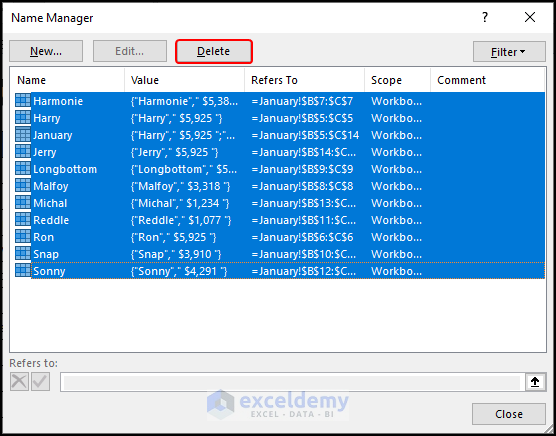5 Ways to Obtain Your HUD-1 Paperwork Easily

Understanding how to obtain your HUD-1 paperwork is crucial for anyone involved in the real estate transaction process. This document plays a vital role in the home buying or selling experience, detailing all the financial aspects related to the property transfer. Here are five straightforward ways you can acquire your HUD-1 statement:
1. Contact Your Real Estate Agent or Broker

One of the most direct methods to obtain your HUD-1 form is through your real estate agent or broker. These professionals are intimately involved in the transaction, ensuring all legal and financial documents are correctly prepared and delivered to the parties involved:
- Reach out via email or phone to request the HUD-1.
- They can provide a digital copy or mail the physical document to you.
2. Get in Touch with the Settlement or Escrow Company

The settlement or escrow company handles the closing process, where the HUD-1 is finalized. Contacting them directly can expedite your document retrieval:
- Call or email the escrow officer or settlement agent.
- Ask for the HUD-1 Settlement Statement by specifying the property address or file number.
3. Visit the Lender or Mortgage Company

Since your mortgage lender prepares the HUD-1 paperwork, reaching out to them is another viable option:
- Request a copy of your HUD-1 from your loan officer or customer service.
- Some lenders offer online portals where you can download this document.
4. Utilize Online Platforms and Document Management Systems

In the era of digitalization, many real estate and mortgage companies now provide online access to important documents:
- Log into your real estate agent’s portal, if available.
- Check if your mortgage provider has a document management system for easy access.
- Some platforms might require a one-time setup or registration with a property-specific password.
5. Public Records and County Office

For those who are looking for a more traditional route, public records can be a source for obtaining a HUD-1 statement:
- Visit your local county recorder or clerk’s office to view and potentially obtain a copy of the document.
- These offices keep records of property transactions, though it might involve a fee for copies.
💡 Note: Keep in mind that HUD-1 paperwork is now replaced by the Closing Disclosure form for most home loans. However, older transactions might still require the HUD-1 form.
To conclude, obtaining your HUD-1 paperwork should be a straightforward task once you know where to look. From leveraging digital platforms to traditional office visits, there are multiple avenues to secure this essential document. Having this information at your fingertips can streamline the home buying or selling process, ensuring all parties involved are fully aware of the transaction details.
What is the difference between a HUD-1 and a Closing Disclosure?

+
The HUD-1 Settlement Statement was replaced by the Closing Disclosure for most residential real estate transactions after the implementation of the TILA-RESPA Integrated Disclosure rule (TRID) in October 2015. The HUD-1 was used for detailing costs at the closing of a loan, while the Closing Disclosure provides clearer information on the final terms and costs of the loan.
Can I get my HUD-1 statement for free?

+
Typically, the HUD-1 statement is provided free of charge by your real estate agent, mortgage lender, or settlement company. However, if you’re obtaining a copy from public records, you might have to pay a small fee for copies.
How long does it take to get a copy of the HUD-1 statement?

+
If you request through your real estate agent, mortgage company, or escrow service, you can often receive the HUD-1 within a few hours to a couple of days, depending on their workload and communication methods. Retrieving from public records might take longer, possibly up to a week due to processing and mailing times.



